Nothing is ever risk-free. Crossing the street or driving to work is dangerous, but does it prevent you to do it every day? People die slipping on the floor next to the swimming pool in their resort. To put it even more bluntly – I’d rather die somewhere on a trail someday than hit by a car just around the corner of our house. A large part of dealing with safety with travel is knowing what ‘safe’ is to you, planning and preparing for your trips and knowing what to do when things go wrong. So here are the best safety tips – according to me.
Table of Contents
Best safety tips: Knowing what ‘safe’ is to you
Knowing your comfort levels – what levels uncertainty and safety you need to enjoy your trip is essential. I wrote a separate post on this – dealing with the unknown.
Assessing the potential damage when traveling is an integral part – what is the chance that something will happen multiplied with the damage. And what you can easily do to minimize the potential damage. There are really useful yet complex tools to do this, I just make a quick calculation on a napkin or beer coaster.
For example, the chance of having a bad experience when you do a surprise city trip (for example with srprs.me) is low (as long as you open yourself up to explore a city) and the potential damage is low. In contrast – the chance that you make memories you’ll never forget is way higher if you get off the beaten path.
But then, when hiking Annapurna in Nepal or other mountainous treks, the risk of altitude sickness is high and altitude sickness is potential lethal. That is certainly something you would want to prepare for.
Best safety tips: Planning and preparing
This blog is called omakases, derived from the Japanese word ‘omakase‘. The Japanese habit of omakase (お任せ) when you’re ordering at a restaurant pretty much means, “I’ll leave it up to you”, inviting the chef to be innovative and surprising in the selection of dishes. I try to do it in every city I visit, and apply the idea behind to everything between how I pick my runs, how I pick my food, how I plan activities with my kids, how I explore cities and how I travel in general.
And although this at first seems to contradict with planning and preparation – planning and preparing well allows you to travel with an open mind. When your mind is not distracted from living in the now, you experience more. And planning and preparation is a way to gradually increase your openness of mind – if you’re uncomfortable in new cities at first and need planning and preparing, over time you’ll feel more comfortable.
I hardly spend any time preparing city trips. Over the years I have become so accustomed to visiting new cities (like this year’s Amman or Madrid), my preparation usually is limited to checking if I have the right connector for my power plug.
On the other hand, I spend a great deal of time preparing and planning for hikes, especially if it is in terrain, countries or altitude I have not been before. At every given time, I am in the process of planning new hikes like Shikoku in Japan, John Muir in the US or Annapurna in Nepal – often without knowing exactly when I will be hiking them.
Best safety tips: Knowing what to do when things go wrong
And the end point of planning and preparing is not only that you can do a lot of things without thinking (e.g. you wont have to look for the trail, because you prepared that already), but above all: what to do when things do go wrong.
What to do when you get bitten by a snake and to avoid this. How to deal with the weather. Having the gear to act when the shit hits the fan (e.g. a Personal Locator Beacon or Garmin InReach).
Here’s a full list of safety posts on this blog:
- Hope for the best, prepare for the worst. Having a Plan D.
- What to do when you encounter a polar bear?
- It’s all fun and games until somebody dies
- Weather information on the Arctic Circle Trail
- The best safety tips – according to me.
- Being safe while running: my tips and tricks for running safety
- Weather information on the Jordan Trail
- Dealing with the unknown
- How to prevent a snake bite?
- What to do if you get bitten by a snake?
- Garmin InReach Mini: simple things remarkably well, under harsh circumstances
- SafeTravel.is, exemplary safety backup for stupid hikers like me
- Being safe while hiking: my tips and tricks for hiking safety
- Personal Locator Beacon (PLB) when your hike turns into trouble
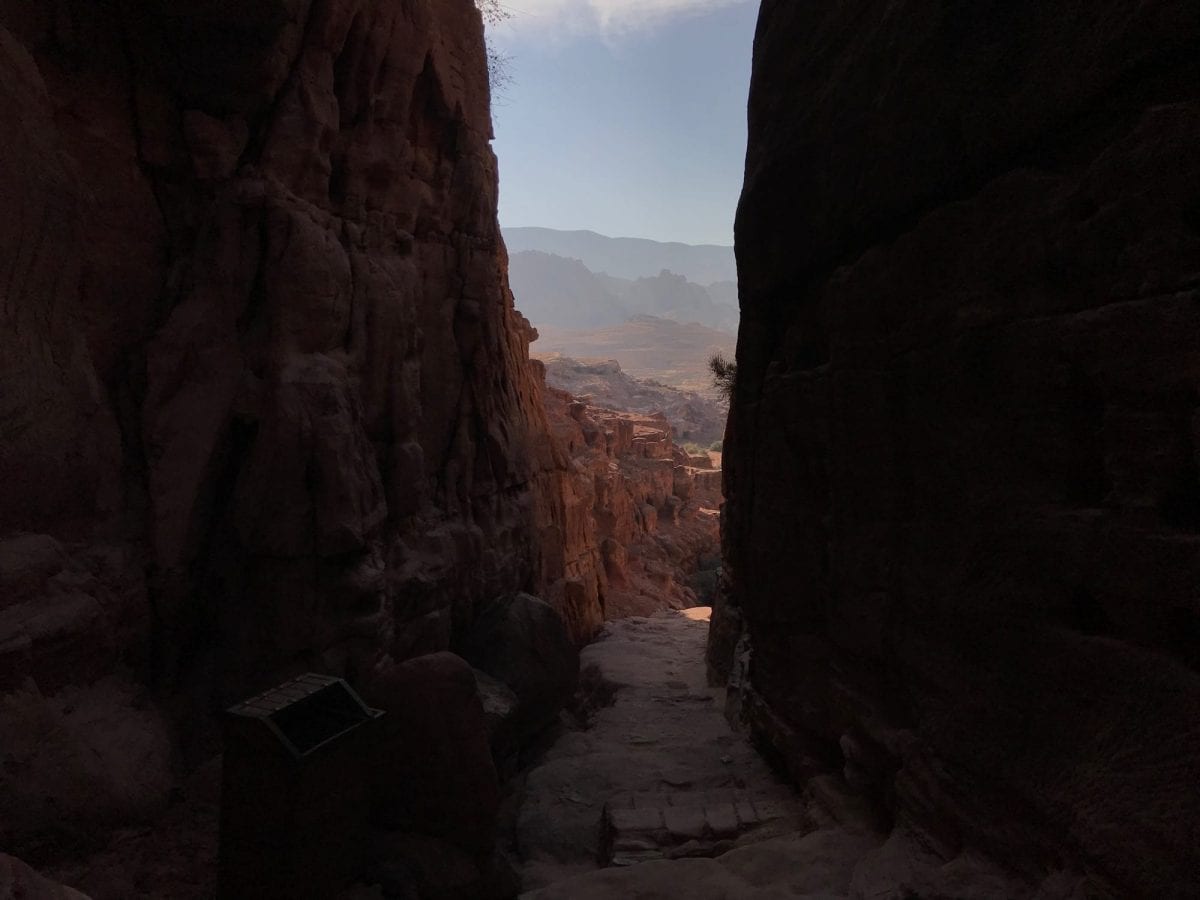
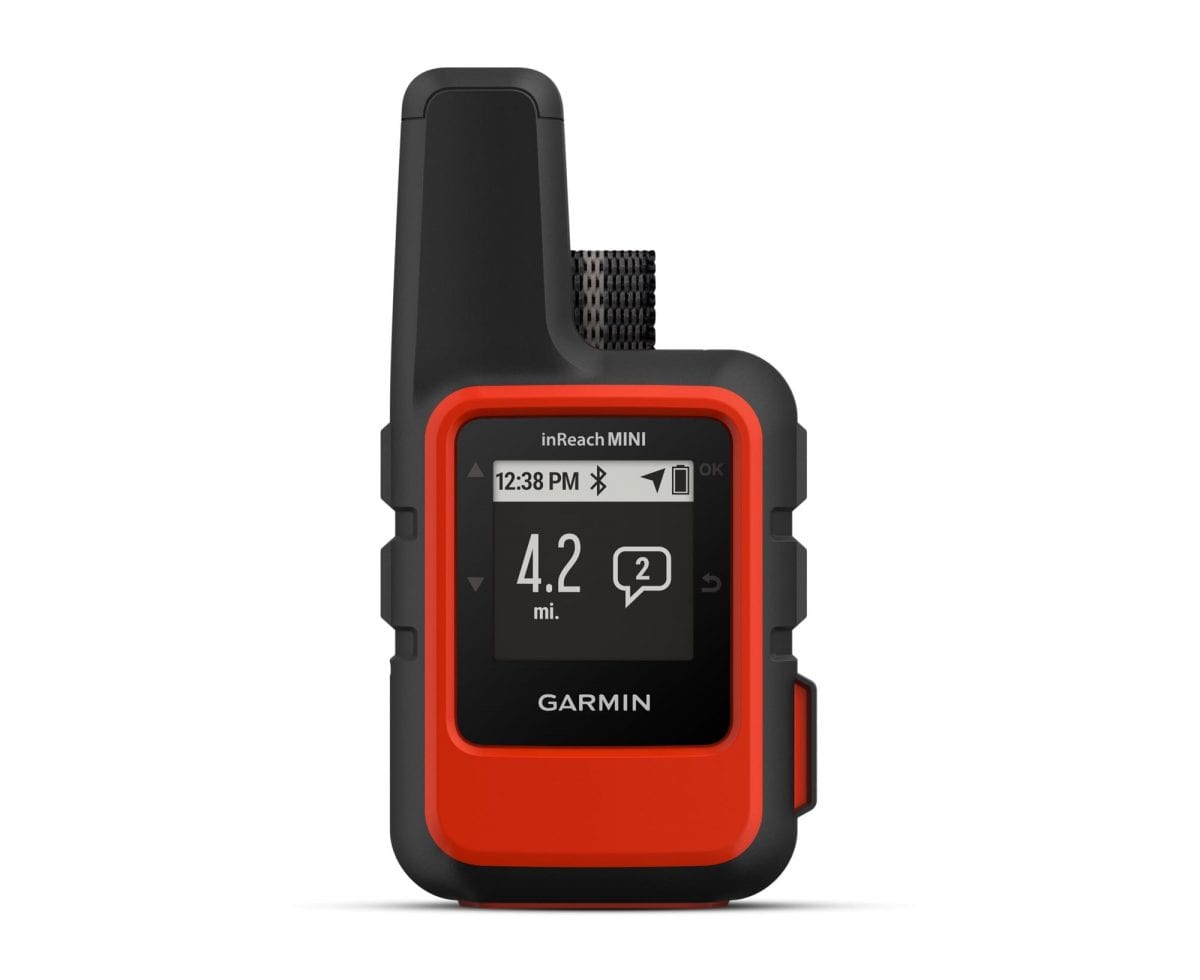
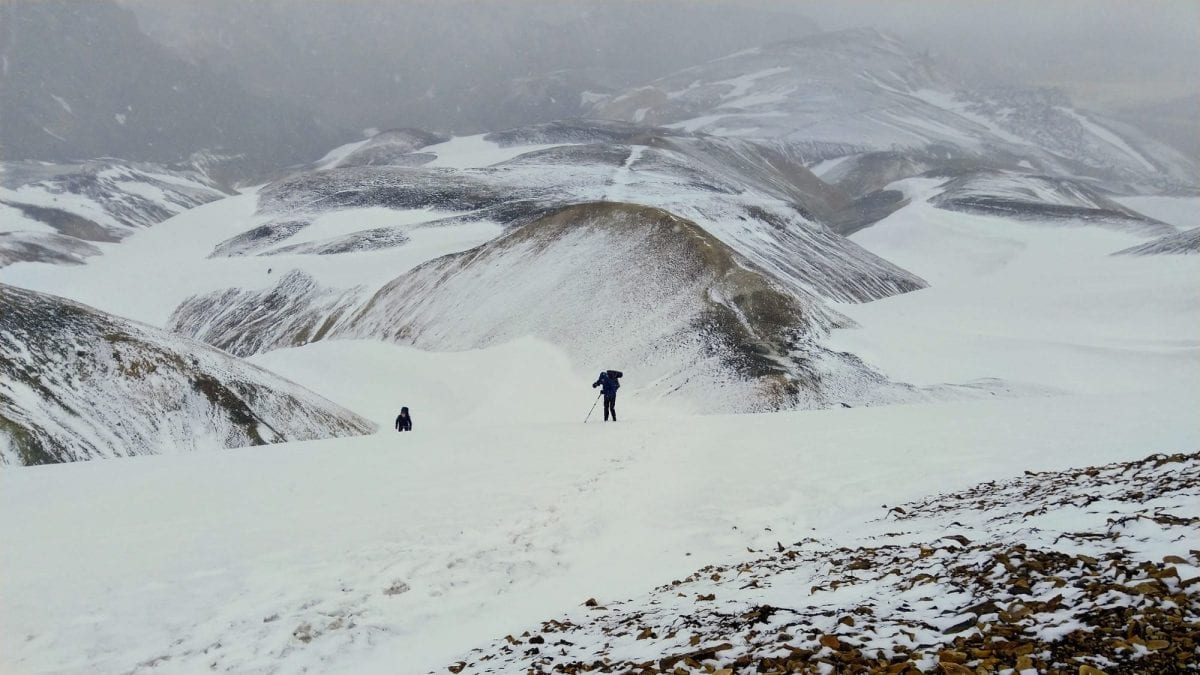

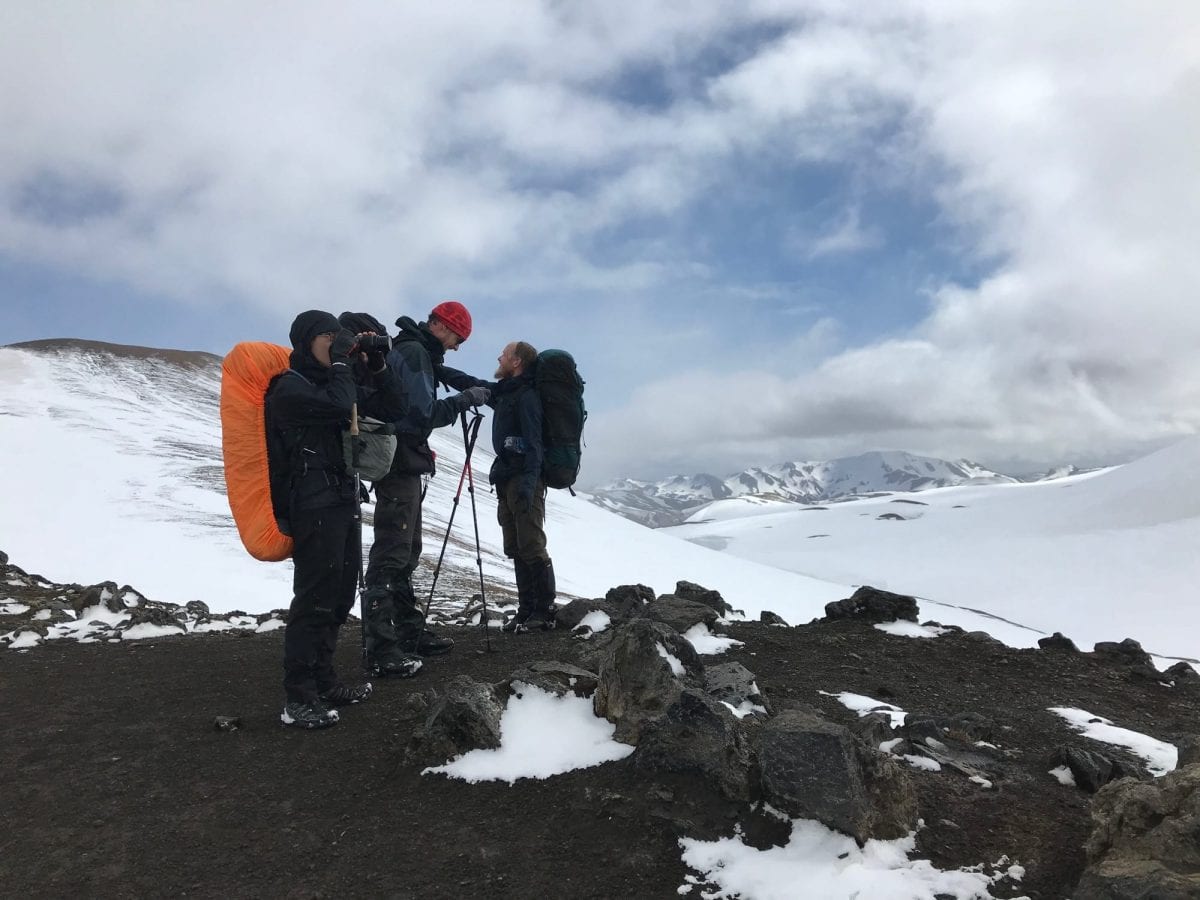
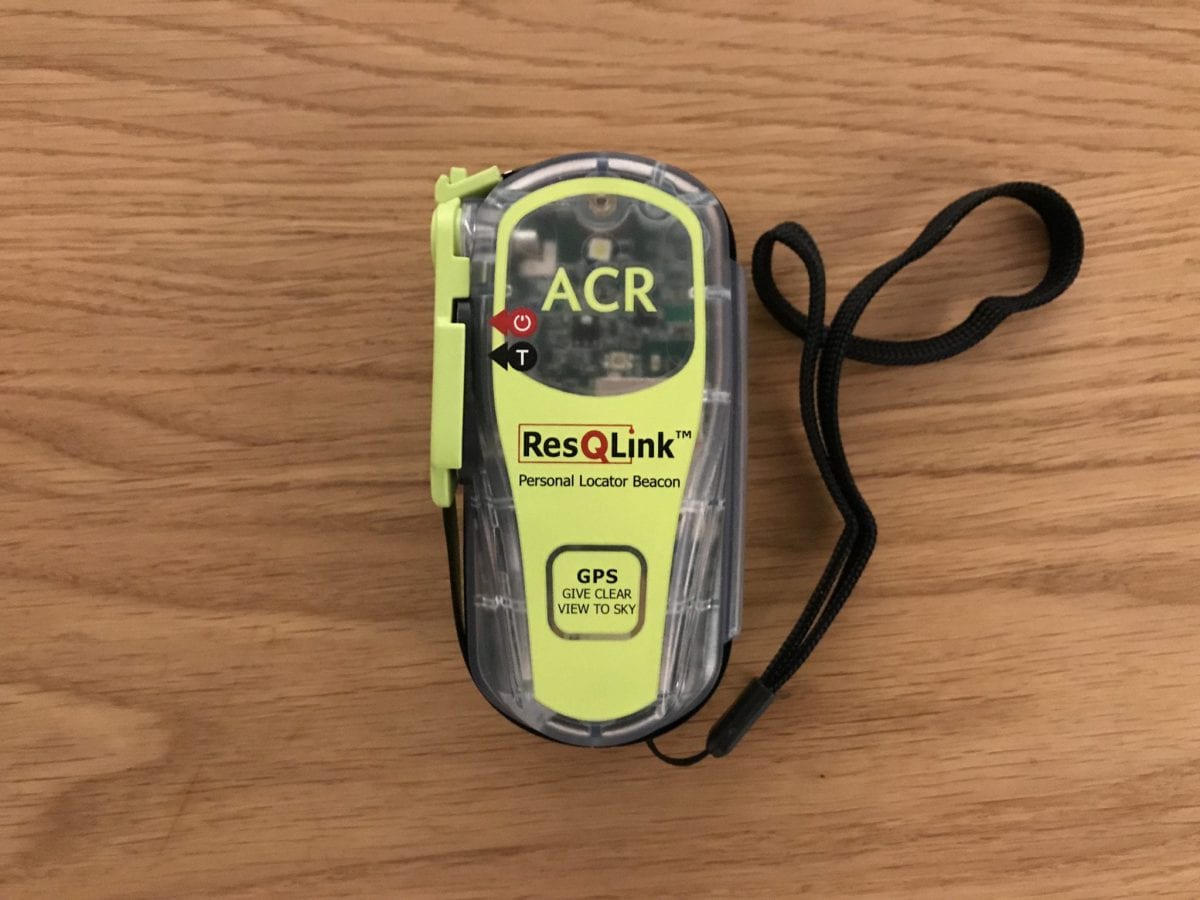
3 comments